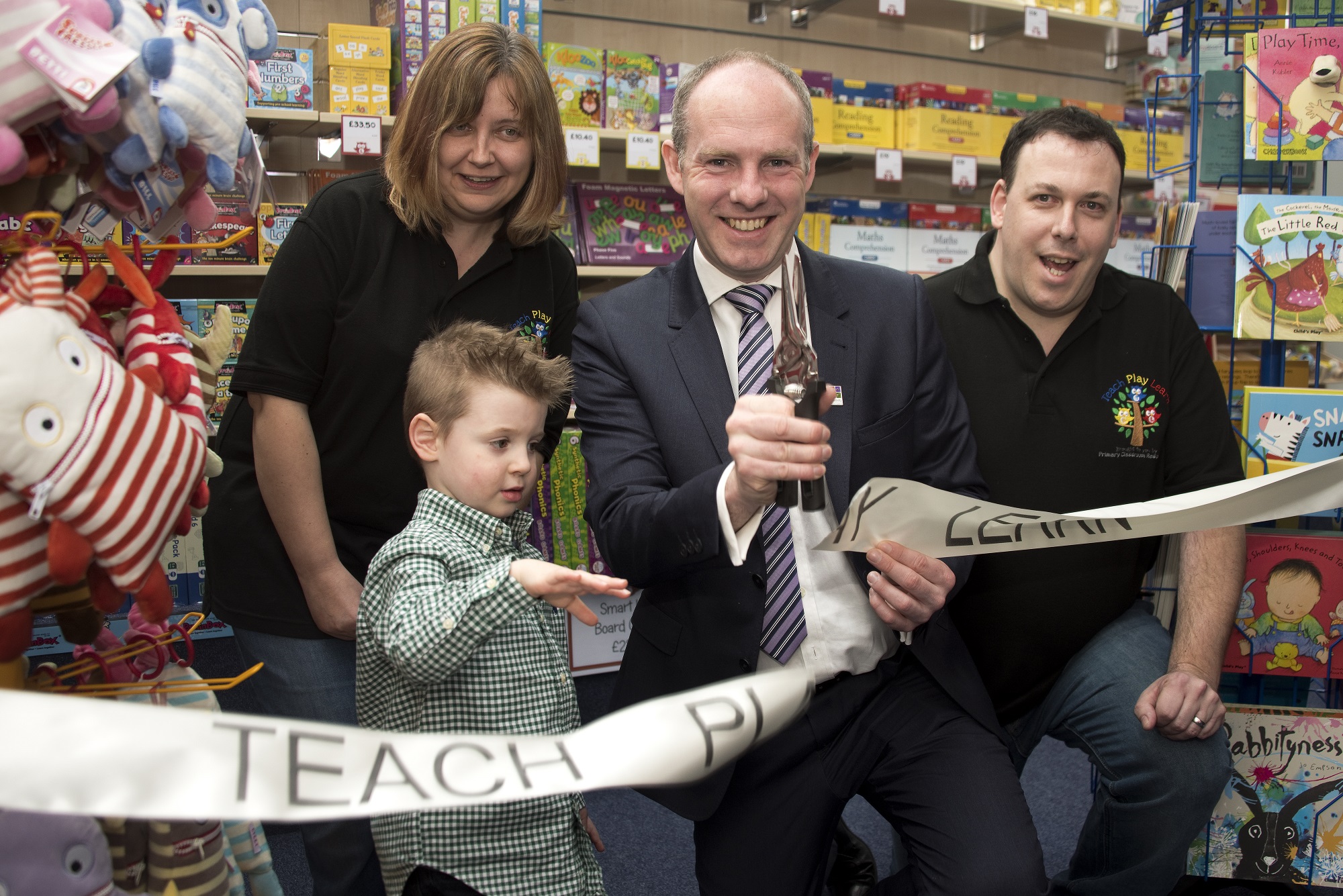
Justin Tomlinson MP has welcomed the news that unemployment across the UK remains at the lowest rate for over a decade – down nearly 900,000 since 2010 – according to the latest set of labour market figures out today, with 216,000 more people back in work in the South West since 2010 including almost 9,000 more people in work across Swindon.
In Swindon, the number of people claiming the key out of work benefits has also fallen by 62% since 2010. This means that unemployment across Swindon stands at a record low of just 1.4%
As well as unemployment continuing to run at a 10-year low, the number of women in work is at a record high of almost 15 million and youth unemployment is down 352,000 since 2010. There are 31.8 million people in work, up by 2.7 million since 2010 – that’s well over 1,000 jobs created on average every day – and average wages excluding bonuses grew by 2.6% over the last year.
Justin Tomlinson MP said: ‘Building an economy that works for everyone means making sure everyone can have the security of a regular income so they can provide for themselves and their family. Today’s figures are good news for families in Swindon and across the UK. Unemployment continues to run at its lowest rate for over a decade, there ar216,000 more people back in work in the South West since 2010 including almost 9,000 more people in work across Swindon, and the number of people in Swindon relying on the key out of work benefits has fallen by a staggering 62%. But there is more to do to help people of all backgrounds and abilities into work, which is why we will continue with our important reforms to welfare that are ensuring it always pays to be in work. It’s because of the measures we have taken to put our economy in a position of strength that we can build a country that works for everyone – with more people sharing in our country’s prosperity.’
Key statistics
- Employment: 31.8 million (up 342,000 over the past year and up 2.7 million since 2010).
- Employment rate: 74.4 per cent (up 0.5 points over the past year and up 4.2 points since 2010).
- Unemployment: 1.62 million (down 16,000 in the three months to October, down 103,000 over the past year and down 894,000 since 2010).
- Unemployment rate: 4.8 per cent (down 0.3 points over the past year and down 3.1 points since 2010).
-
Claimant Count (Jobseeker’s Allowance and Universal Credit searching for work): 809,000 in September (down 685,800 since 2010).
Points to make:
- Unemployment remains at the lowest rate for over ten years, down nearly 900,000 since 2010.
- There are 2.7 million more people in work since 2010.
- The rise in employment continues to be driven by full-time work, which is up by nearly 2 million since 2010.
- Long-term unemployment has fallen to 418,000 and is the lowest it has been since 2008, down 31,000 on the quarter.
- The number of women in work is at a record high of almost 15 million.
- Average wages excluding bonuses grew by 2.6% over the last year.
- The claimant count remained at 2.3%, close to its lowest rate since 1975.
- Youth unemployment is 587,000, down 352,000 since 2010.
- The number of disabled people in work has increased by 590,000 in the past three years.
Labour always try and tell Britain that all these jobs are part-time, insecure and poorly paid – in fact:
- Since 2010, over 70% of the rise in employment has been from full time work
- Since 2010, 95% of the growth in employment has come from permanent employees or people working for themselves.
- Real wages are continuing to rise strongly.
It was Labour that left people with fewer jobs and fewer opportunities:
- Youth unemployment rose by 44% under Labour – meaning young people were not getting the skills they need to get on in life.
- The number of households where no member had ever worked nearly doubled under Labour.
- Unemployment rose by nearly half a million.
- Female unemployment rose by 26%
- Long-term unemployment doubled between 2008 and 2010 from 381,000 to 788,000.

